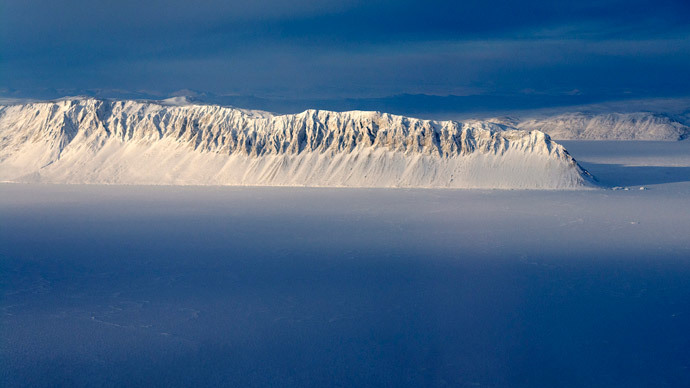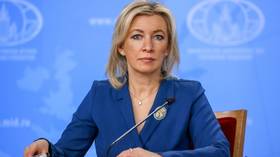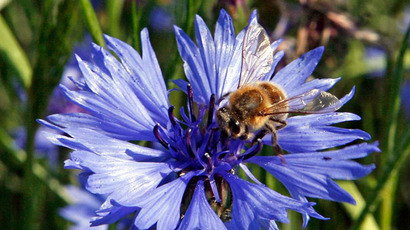First time in 2 mn years, melting Arctic ice threatens mass-scale species contamination

The world is entering the most significant period of invasive species contamination in two million years as Arctic ice melts away and new shipping routes threaten to open the floodgates between foreign eco systems, causing irreversible damage.
This affects a number of species and has happened before, as biologists at the Smithsonian Environmental Research Center explain in a recent report. For an example one has only to look at how insects invading trade-rich lands with the aid of humans have ruined local trees. Of all the possible invasive species, insects are the worst. They affect woodland areas, causing massive disruption of eco systems that aren’t ready or even suitable for their presence.
But the following event is happening on a new scale, as trading ships carry produce (and unwittingly, animals) with them along two huge shipping routes. The thoughts are published in the journal Nature Climate Change.
The basic premise here is that invasive marine and insect species can now spread north, unfettered and unabated in a process that accelerated in 2009, as enough ice melted away for two new shipping routes to open up: one is the Northwest Passage through Canada, the other, the Northern Sea Route, which is a 3000-mile stretch reaching out from Russia and Norway and connecting the Barents and Bering seas.
There are lucrative opportunities for resource mining and trade between the Atlantic and the Pacific. "Trans-Arctic shipping is a game changer that will play out on a global scale… The economic draw of the Arctic is enormous. Whether it's greater access to the region's rich natural resource reserves or cheaper and faster inter-ocean commercial trade, Arctic shipping will reshape world markets.
If unchecked, these activities will vastly alter the exchange of invasive species, especially across the Arctic, north Atlantic and north Pacific oceans," lead author of the commentary, Whitman Miller, wrote.
And as ships travel the world, organisms stuck on their hulls or inside the tanks containing ballast water pose an increased risk of inter-Ocean and cross-eco-system contamination.
For more than a century, commercial shipping routes lay through the Panama and Suez Canals. Their similarly warm, tropical water is potentially deadly to any invaders from the freezing north. When traversing the Panama Canal, additional hitch-hikers would be killed off by a sharp change in salinity – from marine to completely fresh water. But because the Arctic passage contains only the colder version of the same type of marine water, all an invading species has to do is survive the temperature. On top of that, the journey is much shorter, which means that greater numbers will survive the journey and invade.
"The first commercial voyage through the Northwest Passage - a carrier from British Columbia loaded with coal bound for Finland- occurred in September 2013. Meanwhile, traffic through the Northern Sea Route has been rising rapidly since 2009," the Smithsonian team explained in the press release.
The ice will only continue to melt away. And this will accelerate the usage of these shipping routes by 20 percent every year for the coming 25 years, scientists believe. And apparently, these figures only include voyages through Antarctica – not the ones where the icy area is the final destination.
There is only one bright side to all of this, co-author Greg Ruiz believes. “The good news is that the Arctic ecosystem is still relatively intact and has had low exposure to invasions until now,” he explains. "This novel corridor is only just opening. Now is the time to advance effective management options that prevent a boom in invasions and minimize their ecological, economic and health impacts.”













